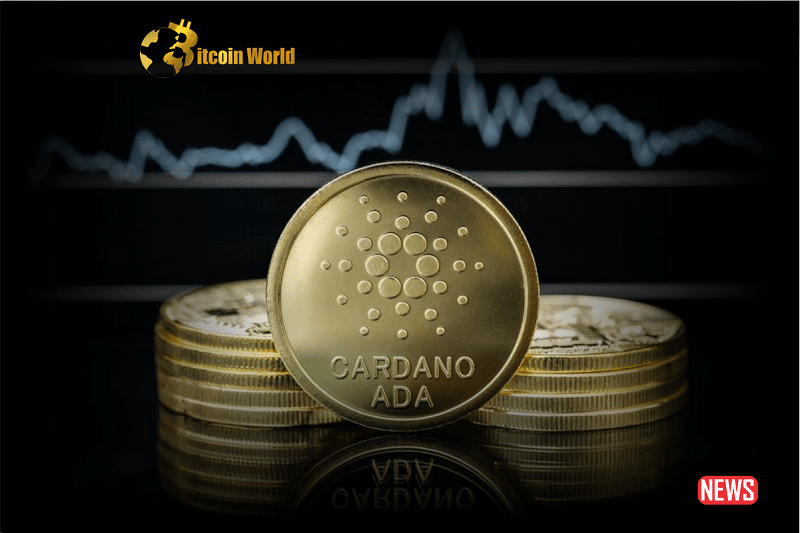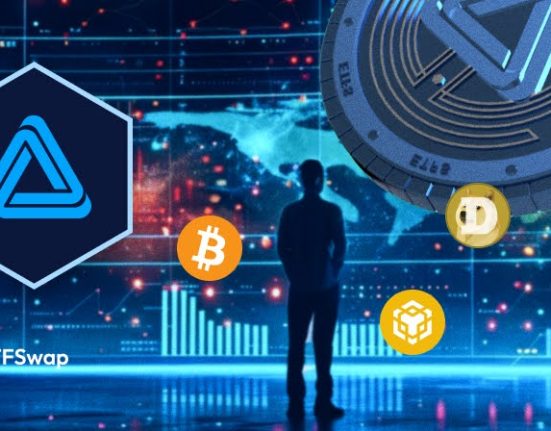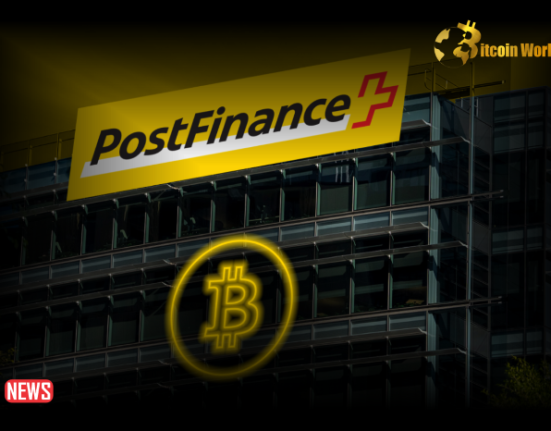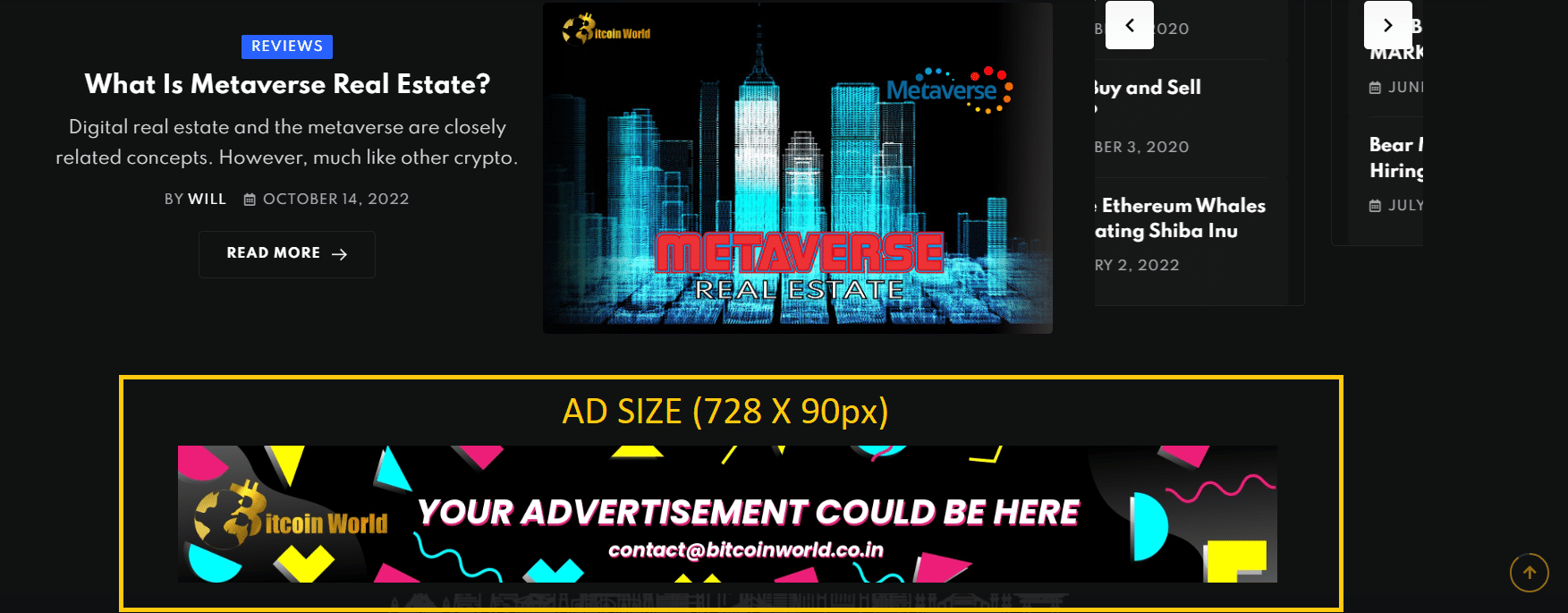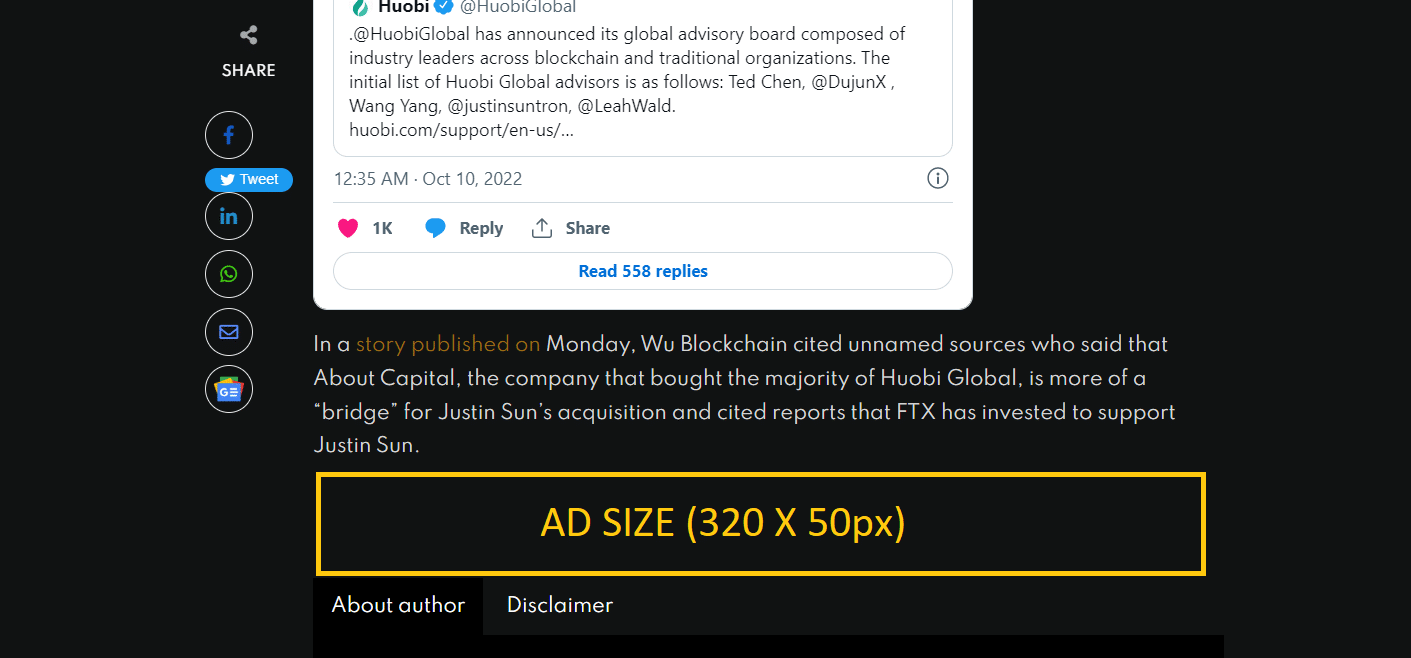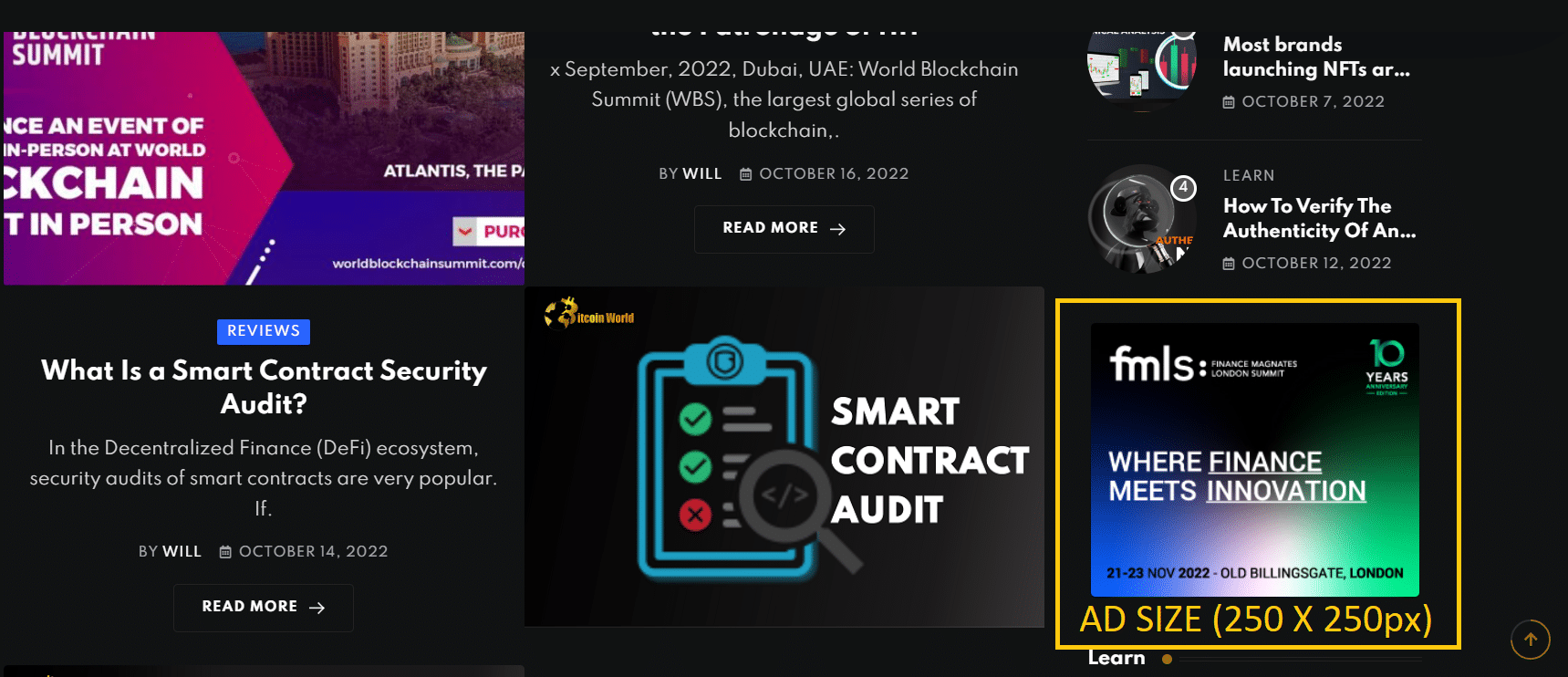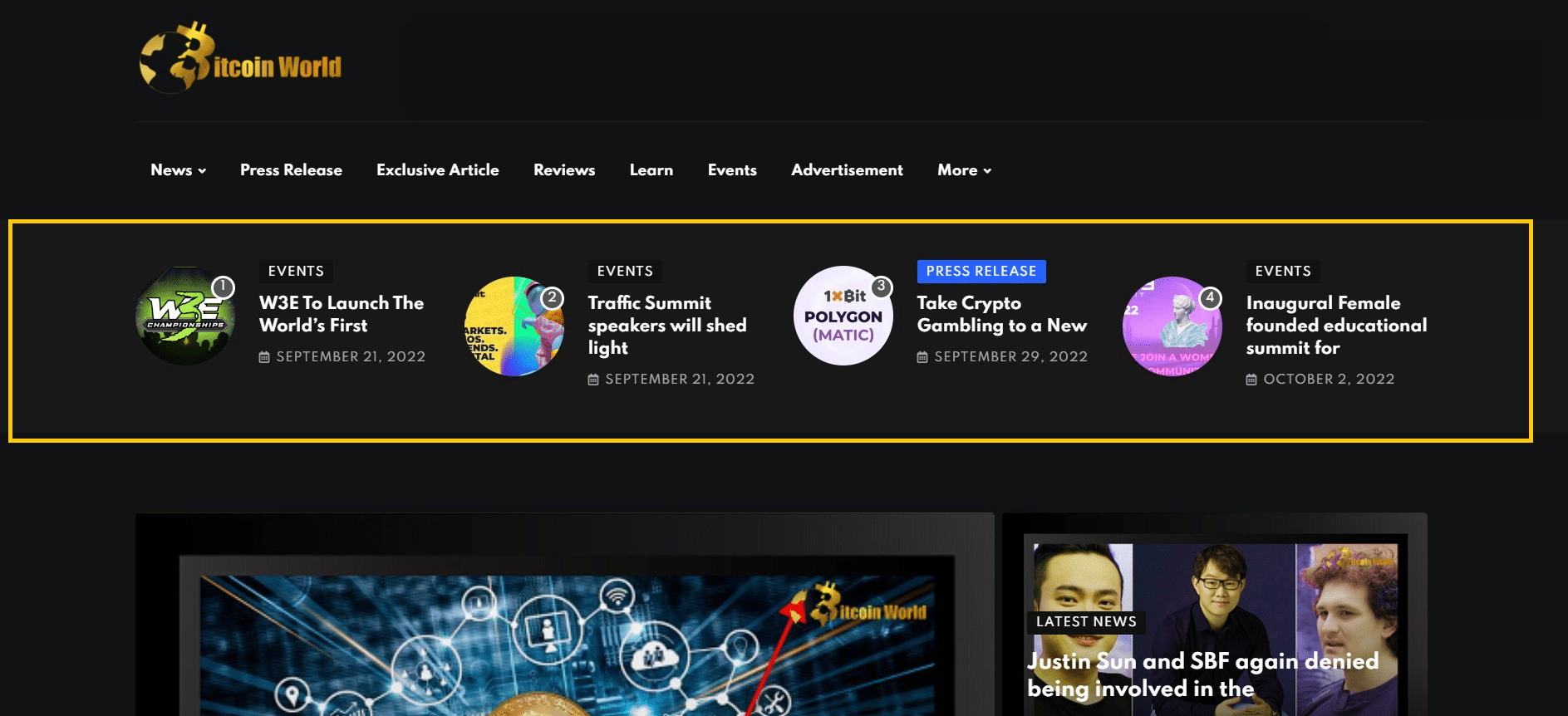Cardano’s native token ADA experienced a significant setback in June following the United States Securities and Exchange Commission (SEC) labelling it as a security in its lawsuits against Binance and Coinbase. This triggered a sharp 42.5% price drop to a two-year low of $0.21, which was further compounded by delistings on U.S.-based trading apps Robinhood and eToro. However, beneath the surface, Cardano’s network has been progressing with increased decentralized finance (DeFi) activity after a scalability upgrade. This article explores Cardano’s DeFi ecosystem and the potential for a positive recovery despite the challenges.
Cardano’s DeFi Activity on the Rise:
Despite criticisms and delays in network updates, Cardano has seen an uptick in activity since the implementation of the long-awaited scalability upgrade called Hydra, launched in May 2023. Total fees paid on the Cardano network reached a one-year high after the upgrade before being impacted by the SEC lawsuit. However, the overall activity has remained on a consistent upward trend in recent weeks. The total ADA deposited in Cardano’s DeFi applications has surged to twice its peak value during the 2021 bull market, indicating a growing interest in the ecosystem. Trading volumes on Cardano’s decentralized exchanges have also experienced a significant increase since the Hydra upgrade.
Hydra Upgrade and Decentralization:
Hydra, a layer-2 scaling solution, has played a vital role in enhancing the throughput and scalability of the Cardano blockchain. Transactions are processed on a sidechain, improving the overall efficiency of the network. Furthermore, a Jarvis Labs report highlighted Cardano’s high degree of decentralization based on the Nakamoto coefficient, indicating that the network is less susceptible to control by a few entities. This higher level of decentralization could positively impact Cardano’s classification as a security in the United States.
ADA Price Analysis and Recovery Potential:
On-chain analytics firm Santiment observed a high amount of sales at lower prices in early July as ADA rebounded toward the $0.30 resistance level. The profit-booking activities signalled oversold conditions, potentially increasing the chances of price bounces. The funding rate data for ADA perpetual swap contracts showed a majority of traders holding short positions, betting on a downturn due to regulatory concerns. Contrarian price rallies may occur in the short to medium term as a result. Technically, the ADA/USD pair has formed higher lows after hitting a bottom around $0.21 in June, indicating buyer interest during dips. Confirmation of a positive trend will be seen if buyers successfully flip the horizontal resistance level at $0.30 into support. The ADA/BTC pair also displays signs of a potential bottom, with the weekly relative strength index falling into oversold territory. If buyers manage to push through the long-term support and resistance level of 0.00000956 Bitcoin, the pair could experience a 60% price surge towards the 0.00001548 BTC support.
Cardano’s ADA has faced challenges due to the SEC lawsuit, delistings, and negative sentiment. However, the network continues to make progress, particularly in its DeFi ecosystem. With increasing activity and potential technical improvements, ADA shows promise for a positive recovery in the future. Despite the obstacles, Cardano remains resilient and aims to regain momentum, attracting both investors and decentralized finance enthusiasts to its innovative blockchain platform.

